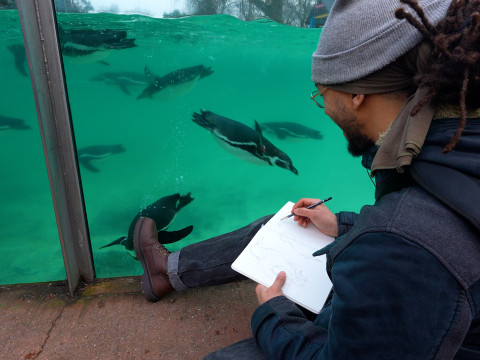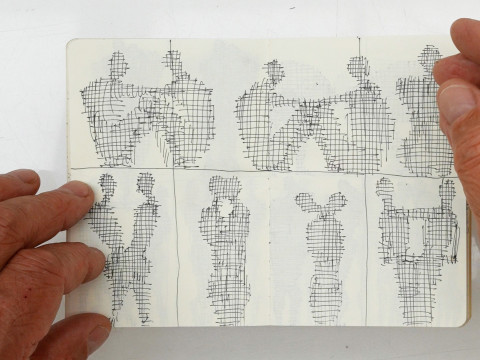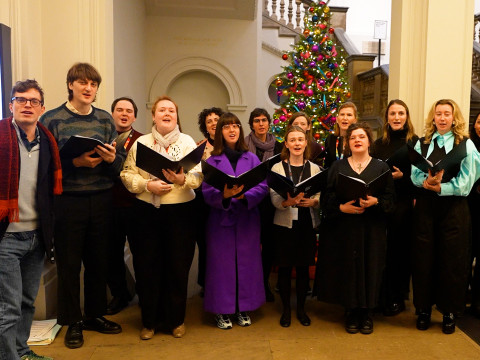
Nicolas Bourriaud: What is the exform?
By Amy Macpherson
Published on 9 November 2013
Culture, history and rejection in the Google era.
For a long time now the French have been provocative for radical rethinking in the art world: Deleuze, Guattari, Badiou, and Rancière. There was a time, when like the Semiotextes that preceded it, Nicolas Bourriaud’s little books were on every art student’s shelf, and his buzzwords––"relational aesthetics" and "postproduction"––on their lips. These terms provoked serious discussion regarding the endless complications of the relation of contemporary art to the life with which it is so controversially interwoven.
Now Nicolas provokes our thinking once again by bringing a new idea to the Royal Academy Schools. Reminding us that since the 19th century, modern art has been an agonistic field, he tells us that what he calls "the exform" is a sign or form seized by exclusionary stakes, cultural, social or political: “From Gustave Courbet's ‘realism’ to Liam Gillick, the exformal appears as a moving territory suffused by centrifugal forces, the unwanted and the official, mechanisms of rejection and rehabilitation. This duality might still be the core of what we call ‘contemporary art’.”
Nicolas Bourriaud published the influential Relational Aesthetics in 1998, commissioned the groundbreaking Tate Triennial Altermodern in 2009 and was appointed Director of the École des Beaux-Arts, Paris in 2011.
Supported by the David Lean Foundation
Related articles

Video: drawing penguins at London Zoo
3 February 2025

My sketchbook: sculpture drawings by Antony Gormley RA
13 January 2025

Video: Merry Christmas from the Burlington House choir
18 December 2024